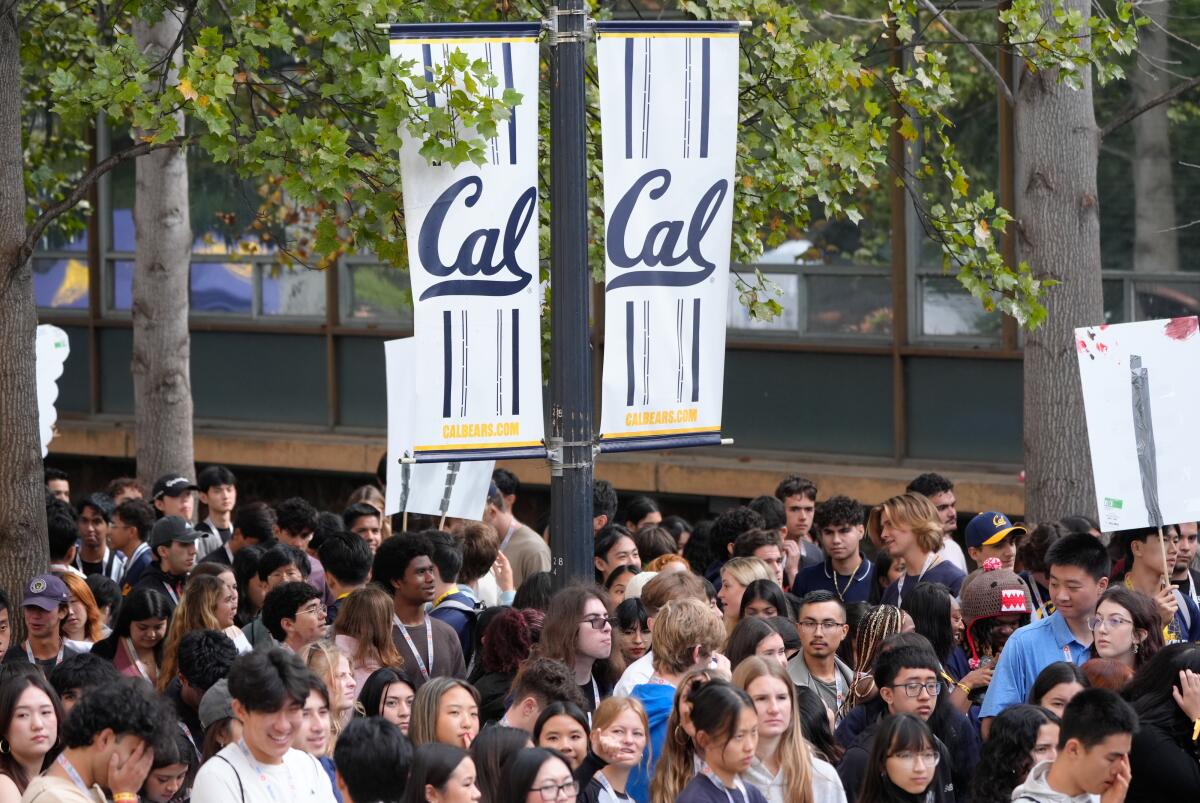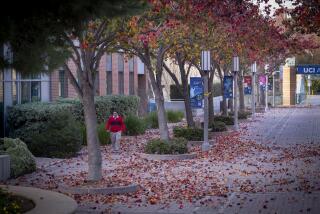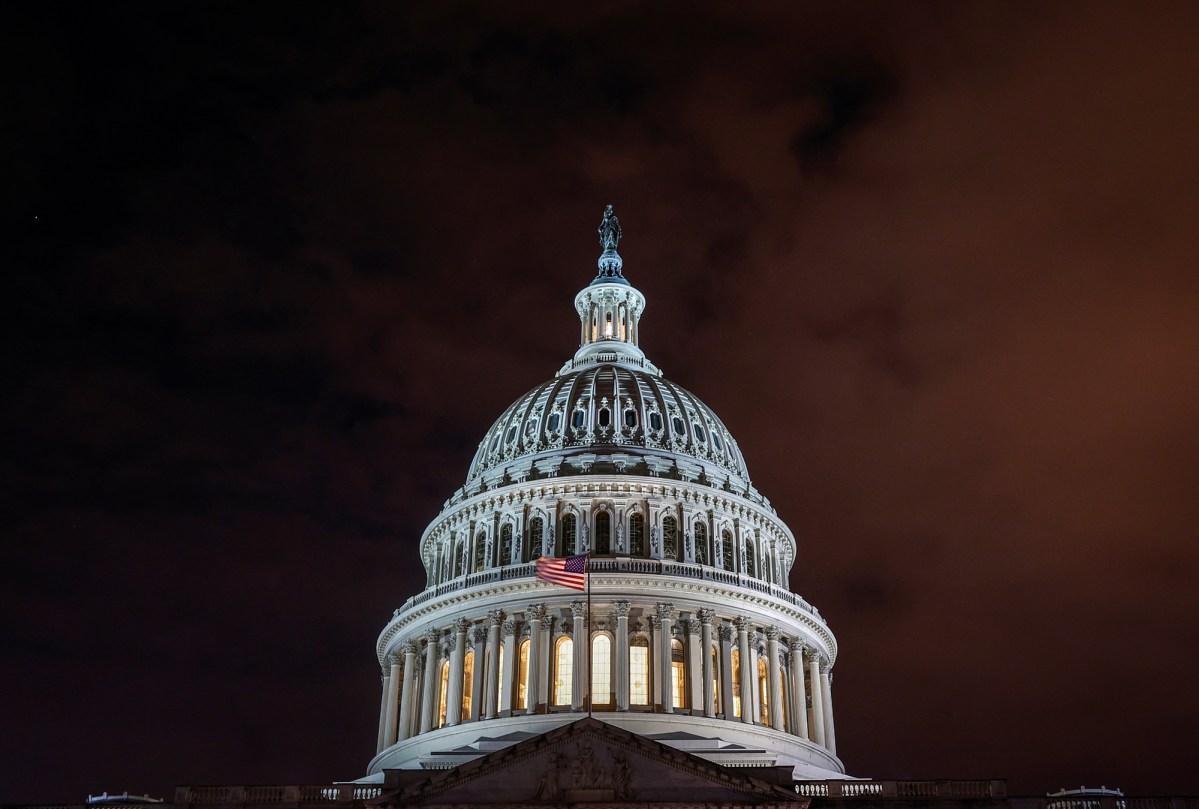Nearly 60 years ago, in response to an unheard-of surge in enrollment, the University of California moved from semesters to quarters in an effort to accommodate more students by scheduling more shorter classes.
Joining public schools around the United States that were uniting with private institutions, like Stanford, that had been using quarters since World War I to house students in military training programs was part of a nationwide movement.
However, the National Center for Education Statistics reports that only about 50 schools in the country still use quarters, compared to over 150 in the mid-1990s.
With only the Berkeley and Merced campuses operating on a semester timetable, UC is one of the largest holdouts and is thinking about making the move.
According to Dan Mitchell, a professor emeritus of the UCLA Anderson School of Management who moved to Westwood in 1968 and ceased teaching three years ago, they have made repeated attempts to accomplish this at several campuses. If they did, that would be significant.
A working committee at UC has been researching the likely transition to semesters and hybrid alternatives since last autumn. They have calculated the potential impact on student progress and the expenses of rearranging registration and class schedules. This month, the panel is anticipated to publish its most recent report, which it will then give to the Academic Senate chair, Academic Planning Council, and UC systemwide provost in the fall.
California
Due to laws that permit students who are undocumented immigrants to pay in-state tuition, the Trump administration has filed lawsuits against Kentucky and Texas.
According to the most recent report from the Academic Planning Council Workgroup on a Systemwide Academic Calendar, discussions about how UC can enhance the student experience and support postgraduate outcomes have sparked concerns about switching back to a common calendar semester or quarter to promote systemwide collaboration and cohesion.
However, change would be difficult. Exam times, breaks, and start and end dates vary by campus. The ability to offer comparable access to classes, summer employment, and internships across the nine undergraduate campuses is one advantage of going all-semester.
Students and academics have praised and criticized the proposed shift. According to others, it would make sense for institutions with the same name to have all of their campuses in sync, and transfers would also be easier.
Supporters argue that it is perplexing as some universities provide professorships or collaborative programs across departments, colleges, and institutions, while certain graduate programs follow semesters and undergraduates are on quarters. For instance, the law schools at UCLA and UC Davis utilize semesters, although the universities as a whole use quarters.
The impact of a calendar change on student achievement is another concern. Making the switch has short-term negative effects on graduation rates and, for some students, can result in lower grades and a longer time before declaring a major, according to a 2022 study published in the American Economic Journal: Economic Policy that examined data from hundreds of higher education institutions.
California
According to surveys, future earnings and employment opportunities play a significant role in students’ college choices. As discussions about the worth of college degrees continue, new data shows which majors earn the highest salaries.
The price is one of the main drawbacks. It is anticipated that the systemwide cost of moving to semesters would range from $288 million to $371 million after accounting for modifications or anticipating essential programming in curriculum, advising, leadership, communication, operational support, and information technology.
The expected cost of California State University’s decision to shift Cal Poly San Luis Obispo, its remaining quarter-based campus, to semesters by 2026 is $20 million.
Some UC students and professors argue that now is not the right time to think about a change, given that budgets are being reduced, some contracts are not being renewed, and a systemwide hiring freeze is in place due to Trump administration cuts.
According to Ryan Manriquez, who was on UC’s calendar working committee and until recently served as president of the UC Graduate and Professional Council, he was in favor of calendar changes in theory but not anytime soon.
According to Manriquez, who received a master’s degree in public policy from UC Berkeley this year, every single dollar the university has available right now should be used for student services and essential operations like research.
California
In the midst of Trump administration budget cuts, probes, and criticism of diversity initiatives, UCLA Chancellor Julio Frenk, who took office on Thursday, discussed the condition of higher education and his goals for the university in an interview with The Times.
Tomris Karaismailoglu, who received a degree in integrative computers and the arts from UC San Diego in June, claimed that the quarter system was detrimental to their application process for internships and jobs.
According to Karaismailoglu, the majority of students in other places finished while I was still enrolled in classes because semesters ended early, giving them an advantage when it came to starting careers. That made me nervous.
Yesenia P. Rez, who graduated with a bachelor’s degree from UC Santa Barbara in June and plans to enroll in the school’s master’s program in technology management in the autumn, said she understood both points of view.
“You go through content so quickly in a 10-week quarter,” Prez stated. It has two sides to it. You can learn more in a semester if you are enthusiastic about the course, but it’s just ten weeks if you just want it to be finished.
Numerous academics have expressed disapproval, pointing to possible task increases, such as rewriting curricula.
In a message to its members this year, the Council of UC Faculty Associations stated that such a move might have significant effects on faculty and staff working conditions, student learning results, and logistical, administrative, and financial aspects. The group urged all UC faculty members to band together and demand the freedom to research, debate, and vote on this proposal.
However, the change is long overdue, according to Qingzu Yin, a professor in UC Davis’ Department of Earth and Planetary Sciences. Yin expressed his optimism that future savings, such fewer university-wide registration periods, would balance the initial expenses of updating the calendar. He thought that the educational process would likewise get better.
Less than ten chapters are found in almost every textbook, regardless of the topic matter. In an email, Yin stated that it usually consists of 15 to 20 chapters. Therefore, teachers can either condense the materials or integrate several chapters into a single week when using a quarter approach. In ten weeks, the students will either be malnourished or overloaded with material that they won’t have much time to process.










